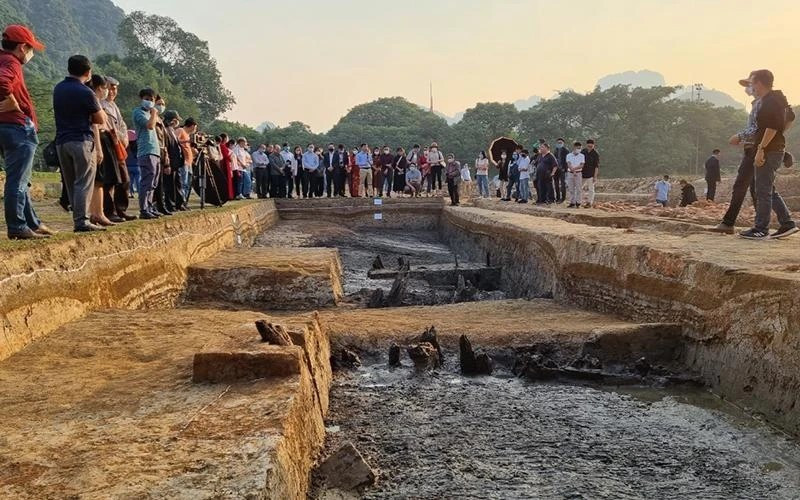AI applications boost archaeological research efficiency
Artificial intelligence (AI) is ushering in a revolution in archaeological research. With AI support, archaeologists can more accurately interpret collected data, make discoveries, and enhance their understanding of ancient civilisations.

However, AI also presents difficulties and challenges that require foundational solutions to become a more effective tool for scientists.
In archaeological research, traditional excavation and artifact analysis methods often face significant challenges, particularly at large-scale sites or with fragile artifacts. Studying and reconstructing relics and monuments typically demands considerable time and effort.
In many instances, rare artifacts may be overlooked, leading to potential errors in analysis and evaluation. The advent of AI, with its superior and advanced capabilities, is bringing about remarkable transformations, enabling scientists to conduct research, analysis, and assessment more quickly and accurately.
Globally, the use of AI in archaeology is becoming increasingly widespread. Most recently, AI helped archaeologists uncover 60,000 previously unknown Maya civilisation sites in the northern Peten rainforest of Guatemala.
Using wide-area laser scanning technology, researchers discovered a system of palaces, houses, roads, agricultural irrigation canals, and defensive fortresses hidden underground over an area of 2,100 km2. This finding is so significant that archaeologists believe it may require rewriting human history.
AI is capable of processing large datasets accumulated over decades of research. Through computer vision, it can analyse images to accurately map locations containing artifacts. Automatic 3D scanning and virtual reality applications generate precise digital replicas, enhancing researchers’ accessibility and exploration capabilities.
In conservation efforts, AI algorithms can identify damage and develop restoration plans for deteriorating artifacts and structures. AI helps recognise and detect patterns, providing a scientific basis for artifact conservation specialists. AI-powered sensors and data analysis can detect potential risks posed by environmental factors or physical impacts from humans and visitors.
Vietnamese archaeologists have also begun adopting and applying AI. The Institute of Archaeology has utilised 3D technology in research projects on the Stone Age and anthropological studies analysing skull samples to examine physical differences.
Previously, archaeologists used LIDAR technology—a laser-based scanning and mapping method—to study and analyse the Co Loa Citadel (Ha Noi) area, identifying 220 potential targets of varying significance.
Based on the analysis, researchers conducted exploratory drilling and trench checks, uncovering charcoal remains, fragments of Co Loa tiles, and evidence of three ancient tombs. These findings form a crucial foundation for archaeologists to study, explain, and analyse the structure of the Co Loa Citadel.
However, AI also poses numerous challenges for scientists. At the seminar “AI applications: opportunities and challenges for social science research in Viet Nam Today,” Dr. Ha Van Can from the Institute of Archaeology stated: “Processing and training AI with 3D archaeological data remains extremely challenging and resource-intensive.
Meanwhile, archaeological projects often lack the budget to invest in robust technological infrastructure. Archaeologists today face major challenges related to data processing capabilities, transparency, technology costs, and the need for technically skilled personnel to fully leverage AI applications.”
Archaeology is a highly interdisciplinary science requiring deep understanding of cultural, historical, and social contexts. These are elements that technology, no matter how advanced, struggles to replace. Experts are concerned about transparency and ethical biases associated with using AI in archaeological data processing and research.
These factors must be considered in order to propose foundational, strategic solutions for using AI in archaeological research in a responsible and sustainable manner. AI should be viewed as a powerful support tool to enhance research efficiency, not a replacement for the role of scientists in such a complex field as archaeology.








